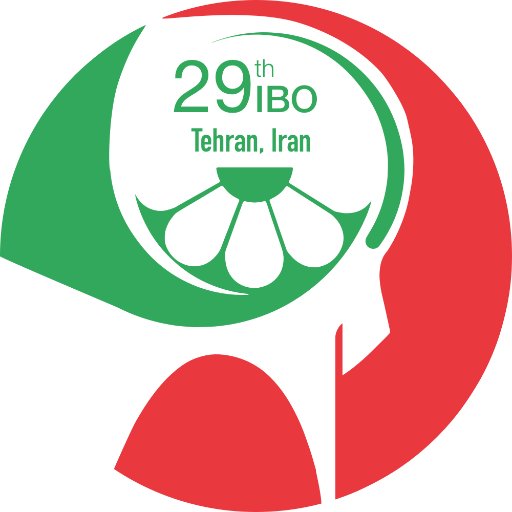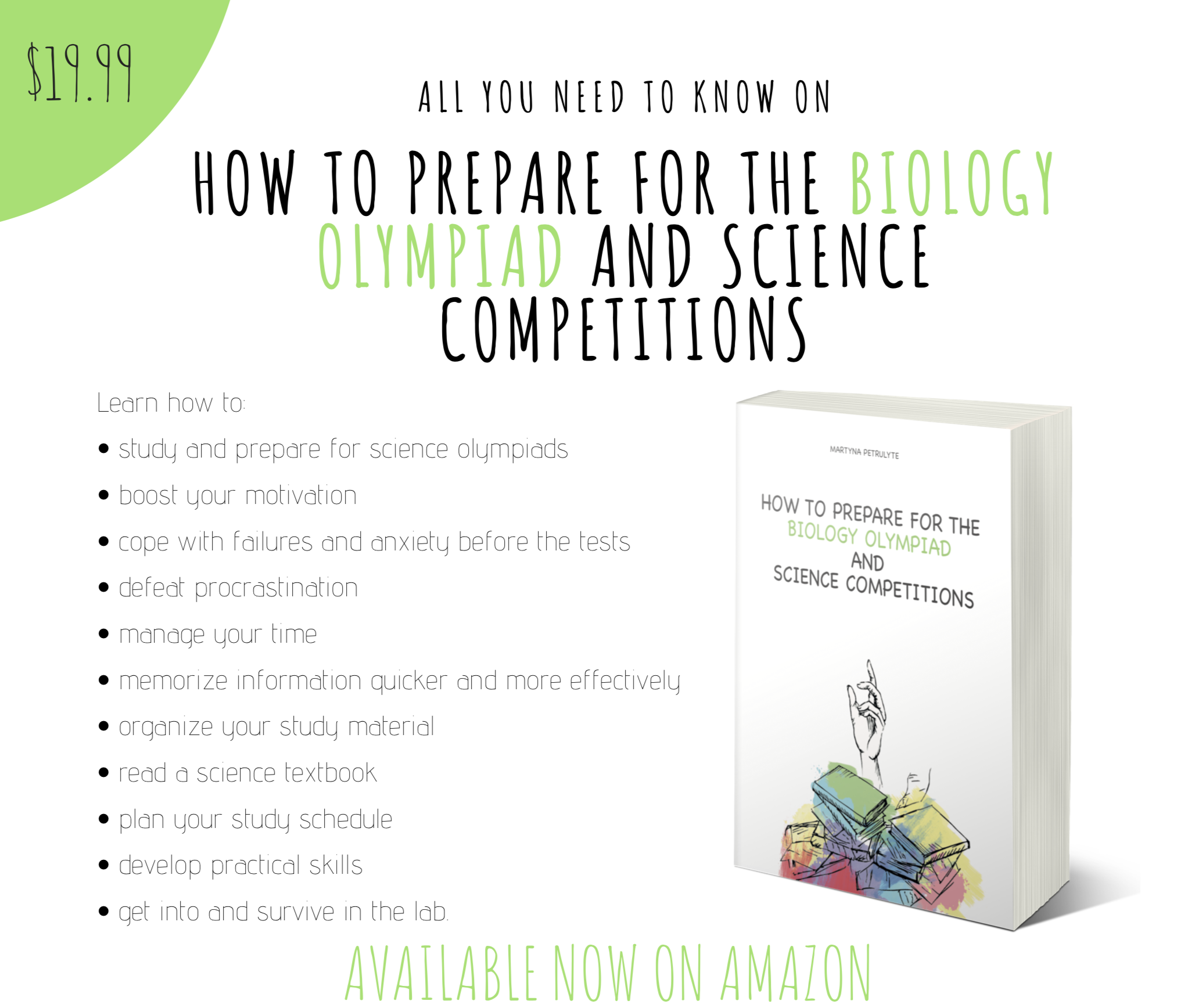About
The International Biology Olympiad (IBO) is a yearly Biology competition for secondary school students, who are winners of their respective National Biology Olympiad. Their skills in tackling biological problems, and dealing with biological experiments are tested. For a successful performance interest in biology, inventiveness, creativity and perseverance are necessary. IBO gathers young people from over the world in an open, friendly and peaceful mind. IBO is hosted every year by a different IBO member and takes one week.
IBO 2018 is being organized by the Ministry of Education, Iran in partnership with The Universities of Tarbiat Modares and Tehran. The event will begin on Sunday 15th July with an Opening Ceremony and will end on Sunday 22nd July 2018. Over the week there will be two full days of exams for participants, split into a practical day and a theoretical day. There will be also a number of excursions and activities for both participants and accompanying adults.
How to prepare?
PRACTICAL EXAM
Biochemistry & Molecular biology
Review the following topics:
- Use of a microtome to make slides
- Cell Fractionation
- Microscopy (measurement of objects)
- Immunostaining
- Histology
- Haemocytometer
- Drawing of preparations
- Maceration and squash technique
- Smear method
- Staining of cells
- Acid-Base Equilibrium
- Keq values
- Spectrophotometry (Beer-Lambert law)
- Net charges of Amino acids and Peptides
- Titration curves of Amino acids
- Chromatography (affinity, ion-exchange, size-exclusion, paper chromatography + Rf values)
- Colorimetry
- Enzyme kinetics
- Enzyme inhibition (Lineweaver-Burk plot, Michaelis-Menten equation)
- DNA Extraction
- Serial dilutions, Concentrations
- Molar solutions, pH and Buffers
- Henderson Hasselbach equation
- Pipetting liquids
- Protein purification
- Protein quantification
- Microfiltration/membranes and dialysis
- Calibration curves
- Testing for Lipids, Proteins and Carbohydrates (Biuret’s test, Sudan test, Ninhydrin test, Lugol’s solution test, Benedict’s solution test, Fehling reaction, Tollens’ reagent test, Bradford protein assay, paper bag test)
- 2D electrophoresis
- PAGE, SDS-PAGE
- Gel Electrophoresis
- Isoelectric focusing
- Western Blot, Northern Blot, Southern Blot, Eastern Blot
- Hybridization
- Immunoprecipitation Assay
- ELISA
- Polymerase chain reaction (PCR), RT-PCR
- Mapping Genes
- DNA Fingerprinting
- Deriving Linkage Distance and Gene Order from Three-Point Crosses
- Restriction endonucleases,
- Restriction maps, RFLP
- FISH
- G-stain
- RNA interference
- CRISPR-Cas9 system.
Plant systematics, anatomy and physiology
Review the following topics
- Potometry
- Making sections of plant materials and staining them
- Identifying plant structures and organs (leaves, stems, roots, flowers, fruits, etc.)
- Discriminating major plant groups (e.g., algae, mosses, ferns, and spermatophytes)
- Floral morphology
- Floral formulas and diagrams
- Staining (for example lignin) and slide preparation of plant tissues
- Elementary measurement of photosynthesis
- Measurement of transpiration.
Virtual plant labs:
http://www.cuhk.edu.hk/bio/IVPDL/
http://www.glencoe.com/sites/common_assets/science/virtual_labs/LS11/LS11.html
https://serc.carleton.edu/sp/library/visualizations/examples/48568.html
Animal systematics, anatomy and physiology
- Make dissections of an invertebrate (Ph. Annelida, Arthropoda, or Mollusca) and identify the main macroscopic organs,
- Whole – mount slide preparation of small invertebrates
- Elementary measurement of respiration.
Evolution, ecology and behavior
- Identification Keys for various organisms
- UPGMA
- Observe and interpret animal behaviour: (Habituation and sensitisation, Associative learning – classical conditioning, Associative learning – instrumental learning, Social learning, Foraging behaviour, Imprinting, Insight, Latent learning)
- Construction of simple dichotomous keys
- Identification of the most common flowering-plant families
- Identification of insect orders
- Identification of phyla and classes of other organisms
- Hardy Weinberg formula
- Estimation of population density, biomass
- Chi square
- Student’s t-test
- Probability and probability distributions
- Mean, Median, Percentage, Variance, Standard deviation, Standard error
- Bayes’ theorem
- Binomial expansion formula.
THEORY EXAM
There will be two different exams, each of a three-hour duration. The theoretical exams are IT-based and the students will be using tablet/laptop computers to answer the questions.
The exams cover a wide range of biological subjects – using the following percentage distribution:
20% Cell Biology, Molecular Biology and Biochemistry
5-07SC Biochemistry from MIT Opencourseware
Review Module I, Module II and Module III
Review ‘Exam‘ and ‘Study Material‘ sections
Review these topics
| Lecture | Online Link | Essential Cell Biology (3rd edn pages, new page numbering for 4th edn) | |
| 1 | Cell Biology Introduction | Chapter 1 Introduction to Cells pp1-38 | |
| 2 | Cells Eukaryotes and Prokaryotes | Chapter 1 Introduction to Cells pp1-38 | |
| 3 | Cell Membranes and Compartments | Chapter 11 Membrane Structure pp363-386, Chapter 12 Membrane Transport 387-424, Chapter 15 Intracellular Compartments and Transport 495-530 | |
| 4 | Cell Nucleus | Chapter 5 DNA and Chromosomes pp171-196 | |
| 5 | Cell Export – Exocytosis | Chapter 15 pp514-518 | |
| 6 | Cell Import – Endocytosis | Chapter 15 pp522-529 | |
| 7 | Cell Mitochondria | Chapter 14 Energy Generation in Mitochondria and Chloroplast pp453-492 | |
| 8 | Cell Junctions | Chapter 20 Cellular Communities:Tissues, Stem Cells, and Cancer – Epithelial Sheets and Cell Junctions pp700-705 | |
| 9 | Cytoskeleton Introduction | Chapter 17 Cytoskeleton pp571-608 | |
| 10 | Cytoskeleton 1 Intermediate Filaments | Chapter 17 Cytoskeleton – Intermediate Filaments pp571-576 | |
| 11 | Cytoskeleton 2 Microtubules | Chapter 17 Cytoskeleton – Microtubules pp577-589 | |
| 12 | Cytoskeleton 3 Microfilaments | Chapter 17 Cytoskeleton – Microfilaments pp590-598 | |
| 13 | Extracellular Matrix 1 | Chapter 20 Cellular Communities:Tissues, Stem Cells, and Cancer – Extracellular Matrix and Connective Tissues pp690-699 | |
| 14 | Extracellular Matrix 2 | Chapter 20 Cellular Communities:Tissues, Stem Cells, and Cancer – Extracellular Matrix and Connective Tissues pp690-699 | |
| 15 | Cell Cycle | Chapter 18 The Cell Division Cycle – Overview of the Cell Cycle pp609-624 | |
| 16 | Cell Division | Chapter 18 The Cell Division Cycle – Mitosis pp625-634, Cytokinesis pp634-638 | |
| 17 | Cell Death 1 | Chapter 18 The Cell Division Cycle – Control of Cell Number pp638-647 | |
| 18 | Cell Death 2 | Chapter 18 The Cell Division Cycle – Control of Cell Number pp638-647 | |
| 19 | Signal 1 | Chapter 16 Cell Communication pp531-570 | |
| 20 | Signal 2 | Chapter 16 Cell Communication pp531-570 |
20% Genetics, Population Genetics and Evolution
Review ‘Lecture notes‘, ‘Assignments‘ (review only solutions as you won’t have time to do problems), and ‘Exams‘ section
25% Animal Anatomy and Physiology
15% Plant Anatomy and Physiology
10% Ecology
5% Ethology
5% Biosystematics
Only if you have time review problem solutions:
General notes: Last minute revision notes
Importantly, review all past IBO papers.
TEXTBOOKS FOR BIOLOGY OLYMPIAD
For textbooks, I recommend:
Life: The Science of Biology by David Sadava et al. or Campbell Biology (10th Edition)
Color Atlas of Biochemistry by Jan Koolman, K. Rohm
Biochemistry (Lippincott Illustrated Reviews Series) by R. Harvey
Genetics: From Genes to Genomes, 5th edition by Hartwel
Practical Skills in Biomolecular Science, 5th ed. by Rob Reed
Biology of Plants by Peter H. Raven, Ray F. Evert, Susan E. Eichhorn
Integrated Principles of Zoology by Hickman
How To Prepare for the Biology Olympiad And Science Competitions by Martyna Petrulyte



